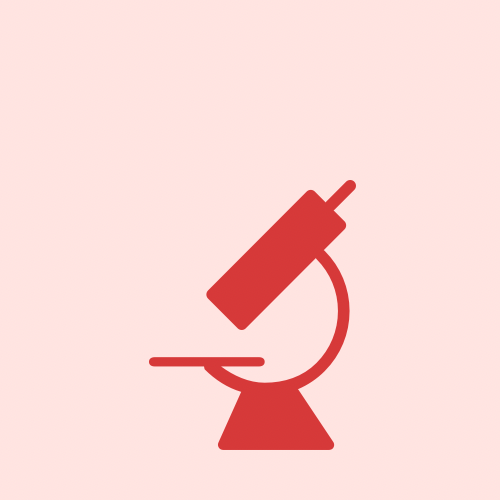
What is blood?
Blood is actually a tissue, its made up of a variety of different cells with different purposes! It’s a very important bodily fluid in humans and other animals that deliverers necessary substances such as nutrients and oxygen to the cells and transports metabolic waste products away from those cells [1-2]. Blood is essential to life, there is no substitute for blood and it can’t be made or manufactured! The average person has about 4-6 litres (8-10 pints) of blood and is approximately 10% of an adults weight [1, 3, 4].
Blood components
There are four main components of the blood which comprise of plasma, red blood cells (RBCs), white blood cells (WBCs) and you guessed it, platelets! [1-5]
Plasma:
In vertebrates blood is composed of blood cells suspended in blood plasma. The plasma is the liquid portion of the blood. It is a yellow-like colour and is about 55% of blood fluid and mostly water. It contains proteins, glucose, mineral ions, hormones and carbon dioxide (plasma being the main medium for excretory product transportation), and blood cells themselves. Albumin is the main protein in plasma – it regulates colloidal osmotic pressure of blood.
Red blood cells:
RBCs are the most abundant cells in vertebrates, they represent 40-45% of the blood, they contain haemoglobin which is an iron-containing protein that facilitates oxygen transport. RBCs are generated from your bone marrow and they have a life cycle of about 120 days in the body. Vertebrate blood is bright red when it’s haemoglobin is oxygenated (arterial) and dark red when it is deoxygenated (venous).
White blood cells:
WBCs (aka leukocytes) account for only 1% of the blood. They are very important cells in the blood and are essential for protection against illness and disease. They flow through the bloodstream and attack foreign bodies help to resist infections and parasites.
Platelets:
Platelets are the smallest cells of the blood and they look like small plates in their resting (or quiescent) state. They’re so important and help to control bleeding. Without platelets we would bleed out at even the smallest of injuries. Whenever a wound occurs, the blood vessel wall will send out signal. This signal is caught by the platelets and they travel to the site of injury and become active. Upon activation, platelets change shape forming tentacle-like protrusions and aggregate together to form a primary platelet plug. Platelets, along with coagulation factors will then form a blood clot that is stable until the wound heals! They really are truly amazing little cells, but maybe I’m biased as I’m studying them…
What does blood do? [1-5]
- supply oxygen & nutrients to tissues
- removal of waste such as carbon dioxide, urea and lactic acid
- helps maintain body temperature
- Messenger functions – hormone transport and signalling
- sends antibodies to fight infection
- contains clotting factors to help form blood clots during injury
The blood is so important and is super fascinating, I’m studying such a small part of it and I think there’s still sooo much to learn. I always say it all starts in the blood, without it we’d be nothing!
Do you use blood/blood cells in your research? Have you ever worked with blood? Let me know in the comments.
Thanks for reading,
See you for the next one!
Beth x
References:
[1] https://www.texasheart.org/heart-health/heart-information-center/topics/blood/
[2] https://www.britannica.com/science/blood-biochemistry
[3] https://www.oneblood.org/about-donating/blood-donor-basics/what-is-blood/
[4] https://www.redcrossblood.org/donate-blood/dlp/whole-blood.html

Leave a comment